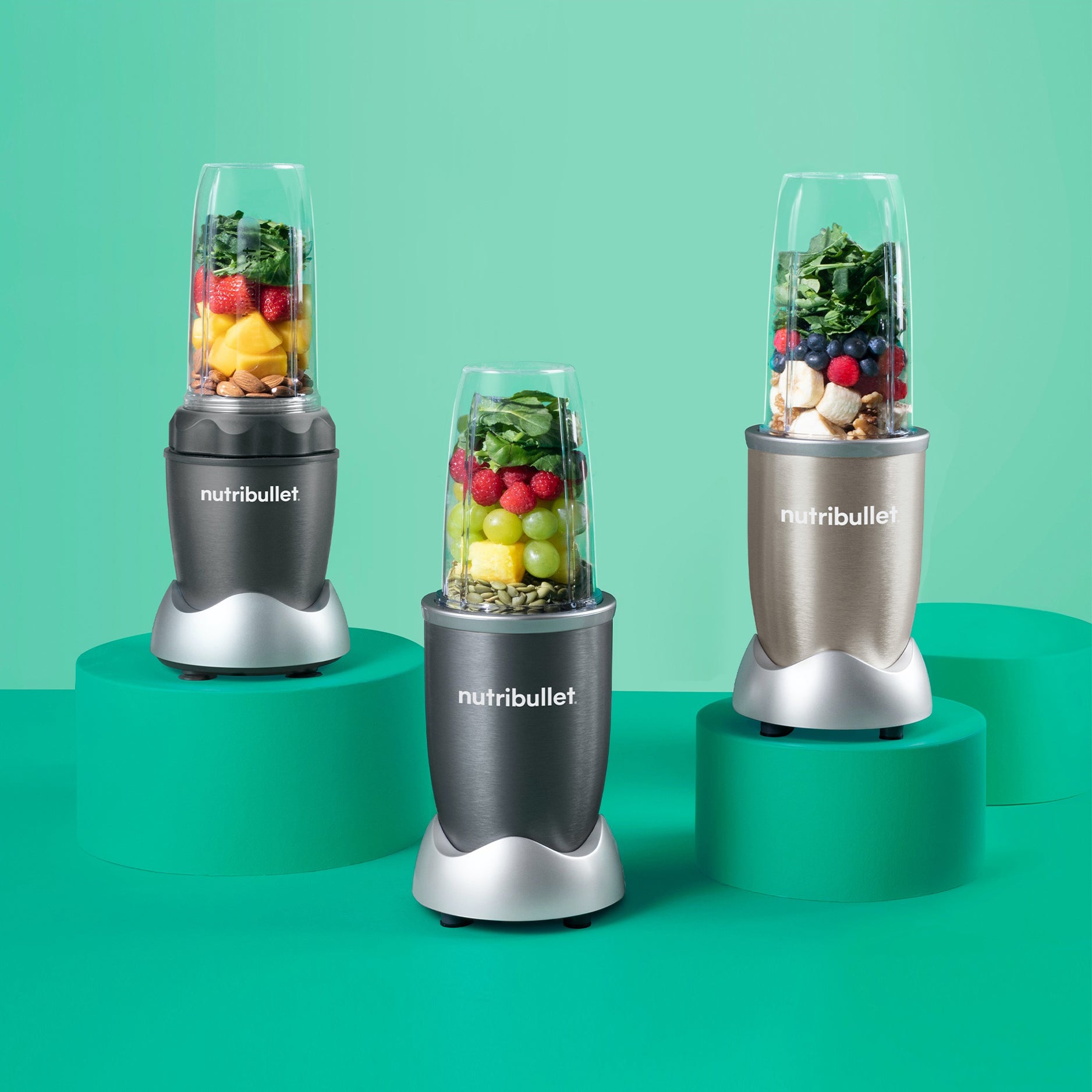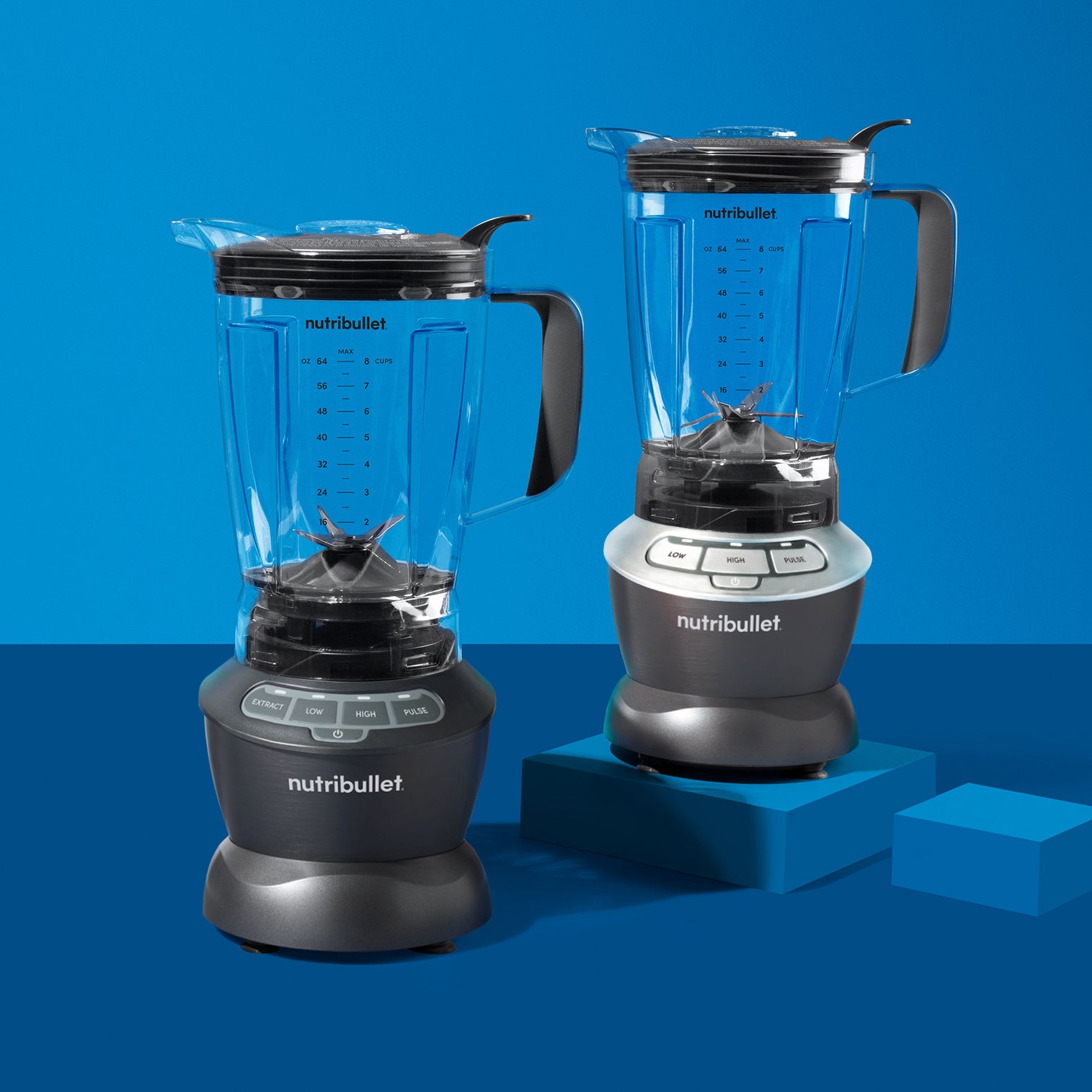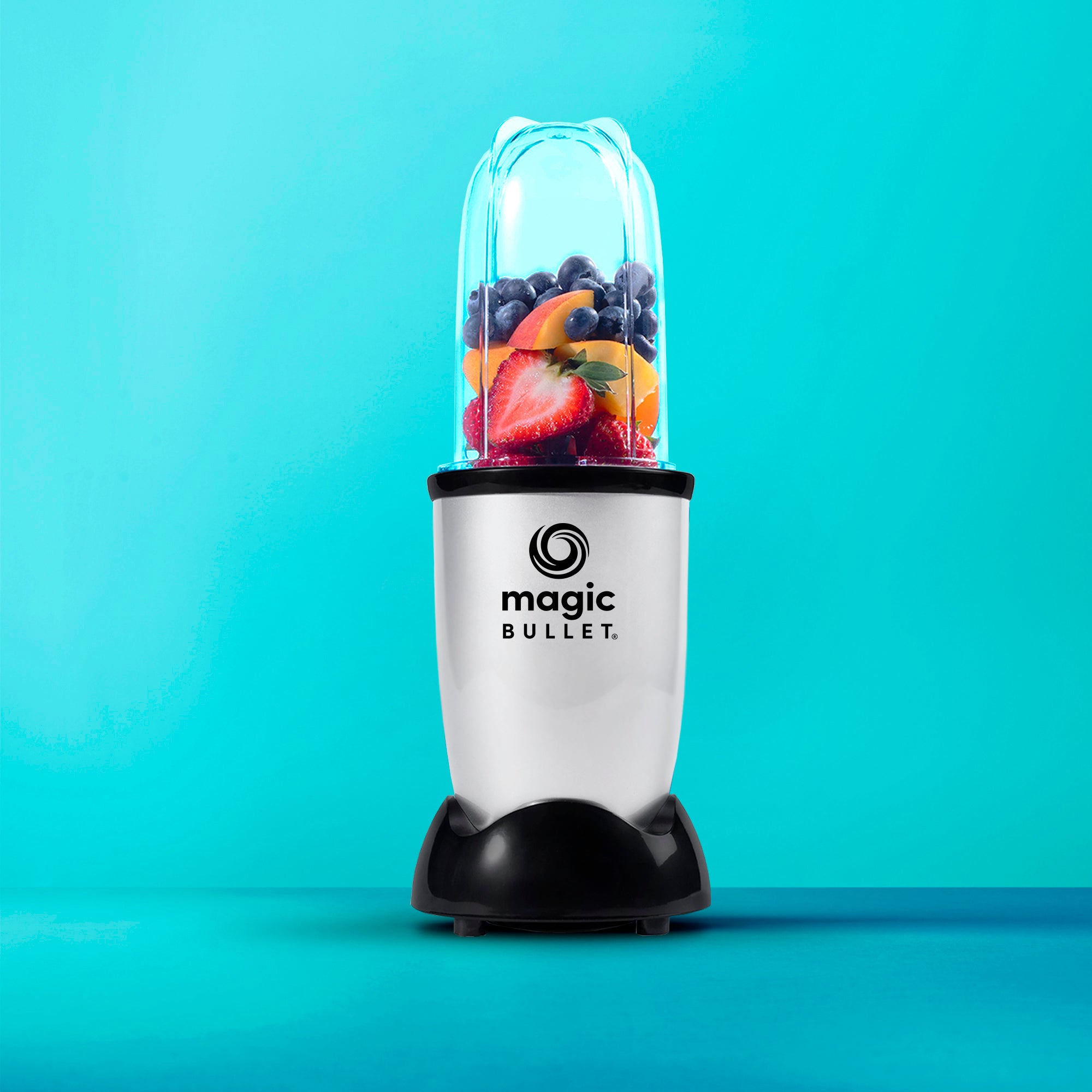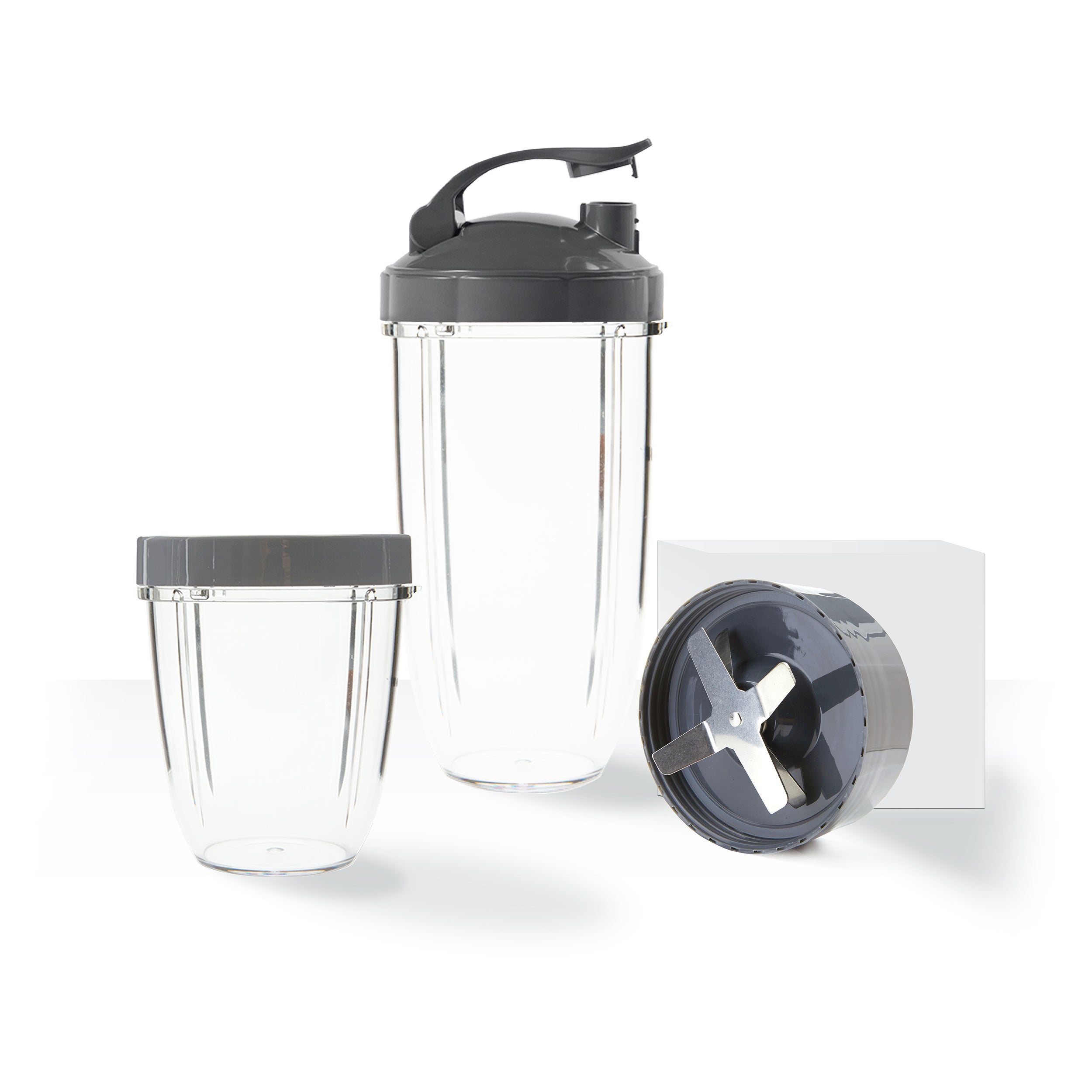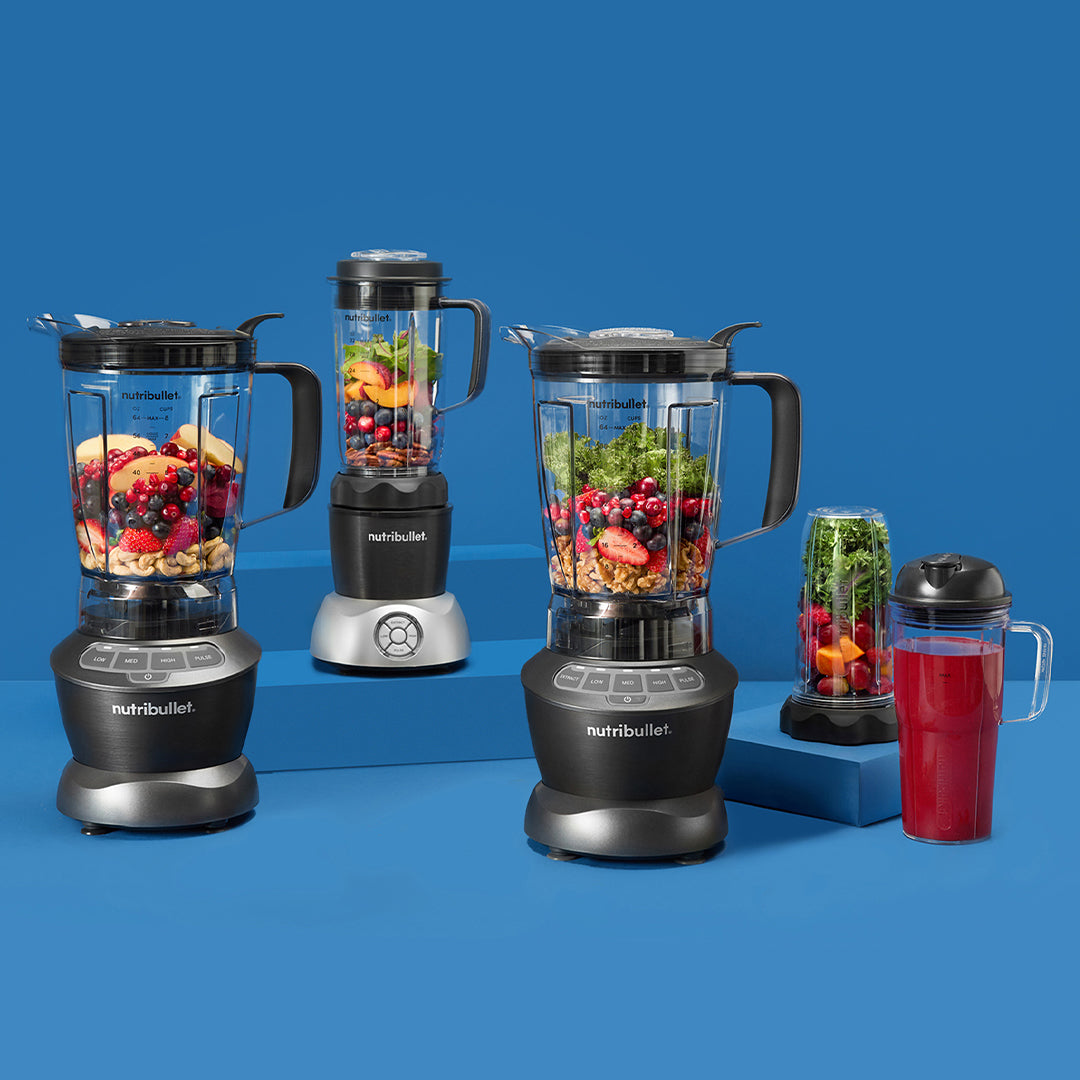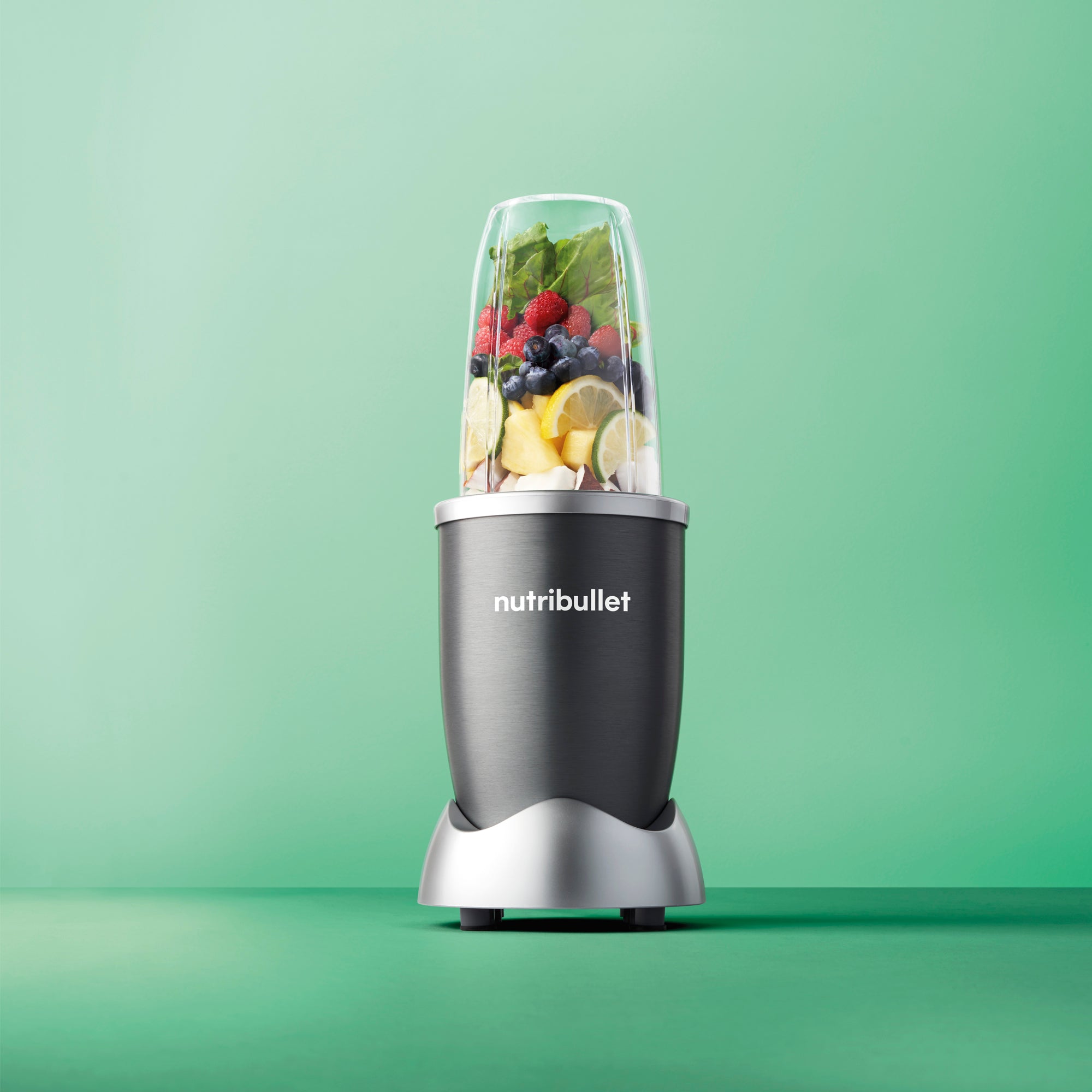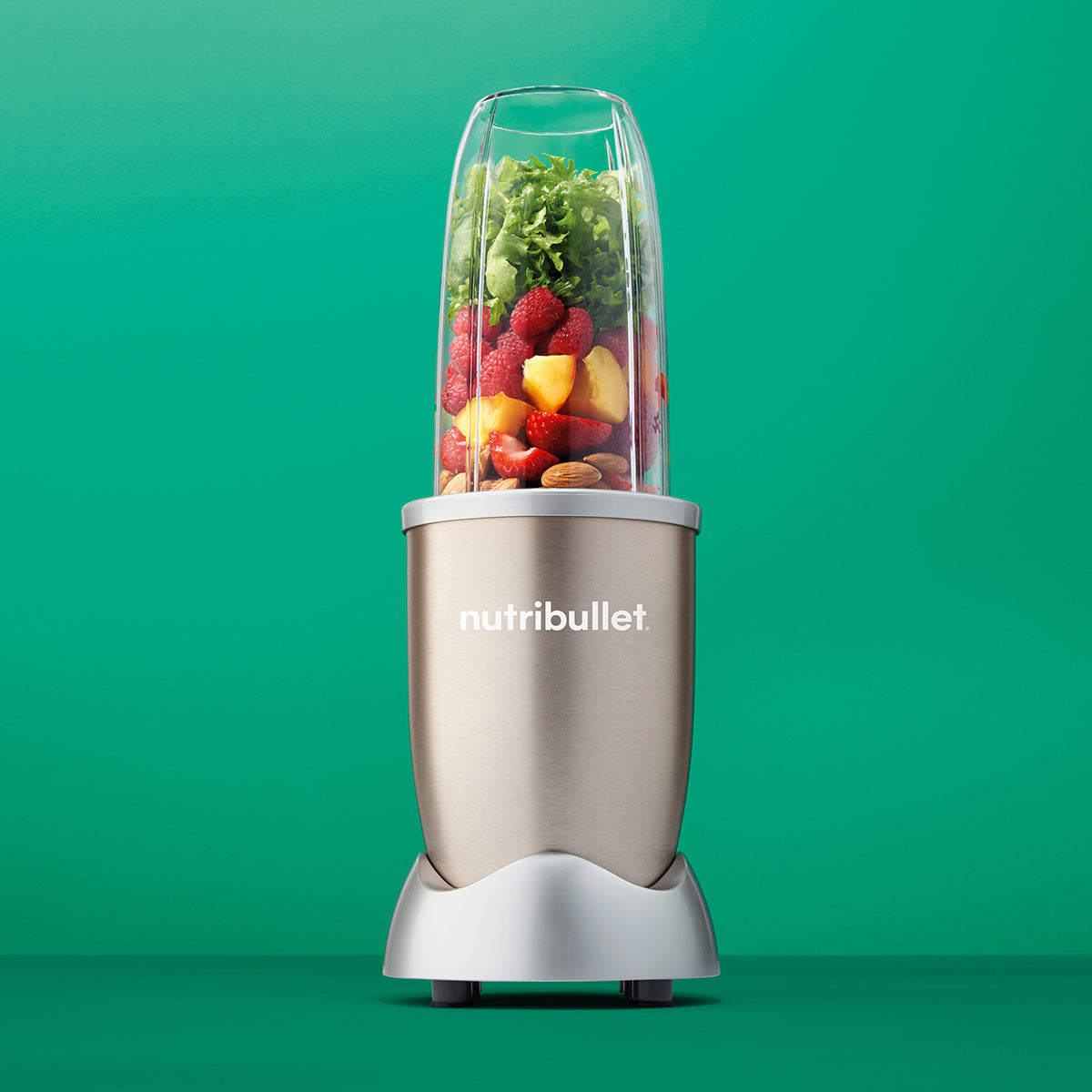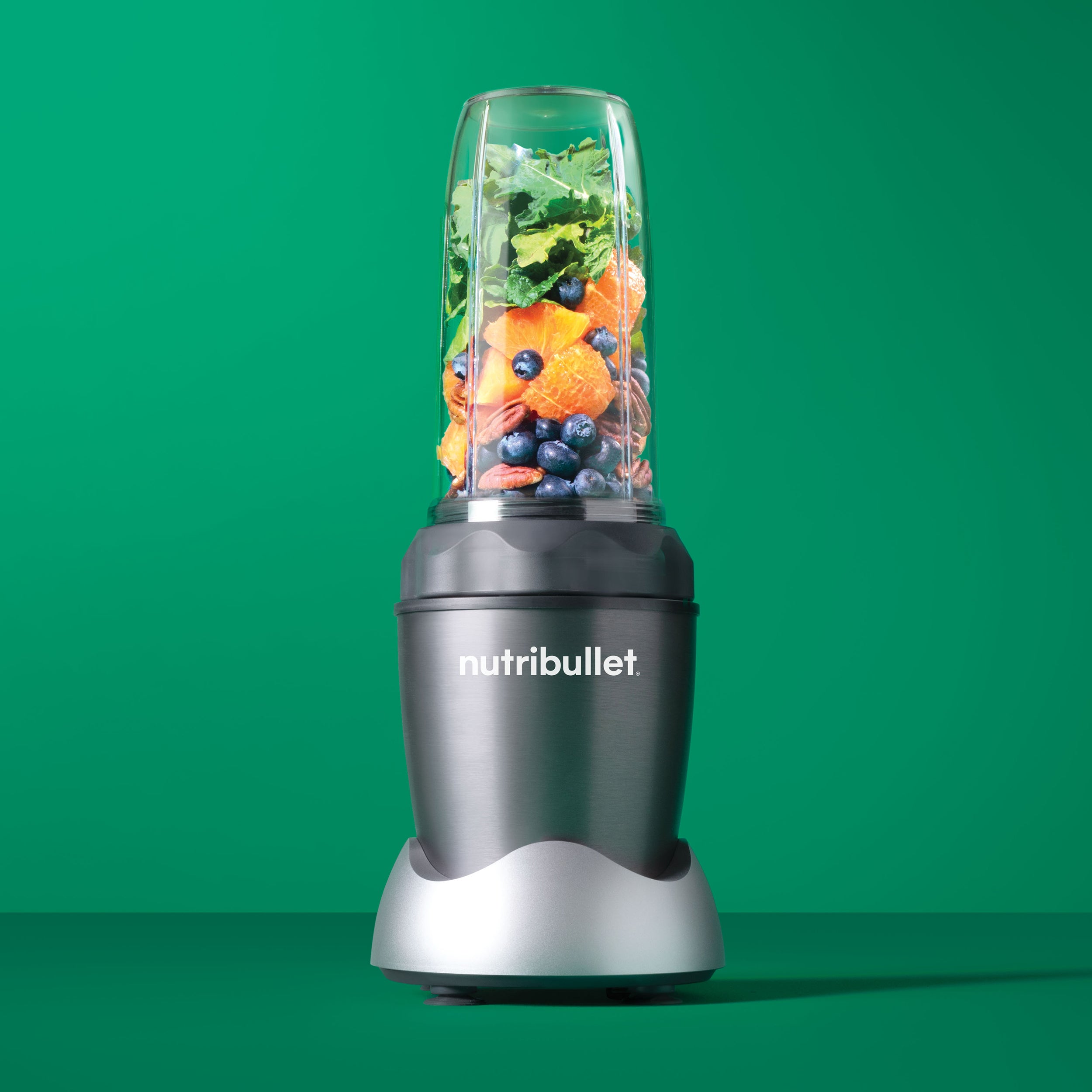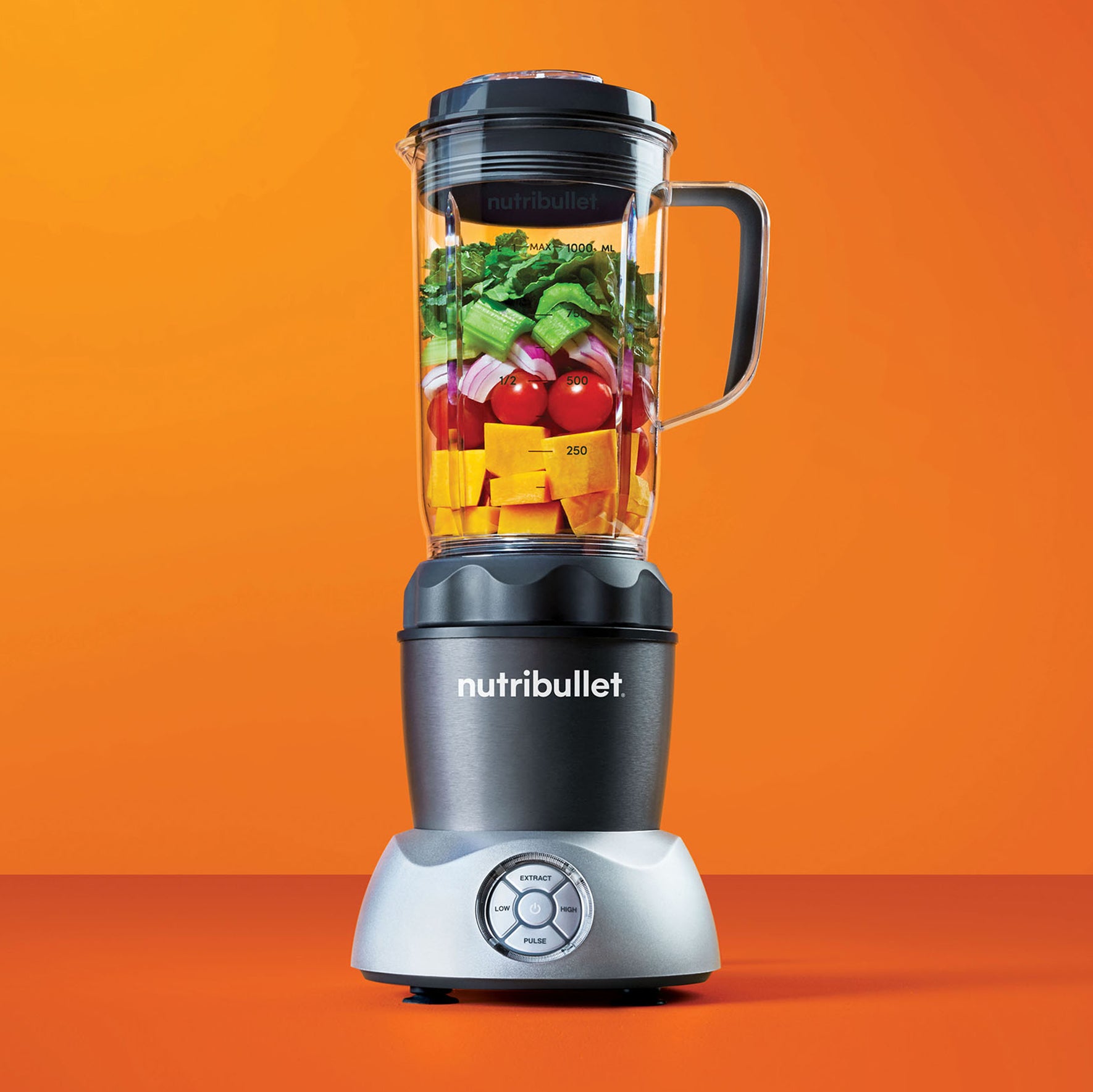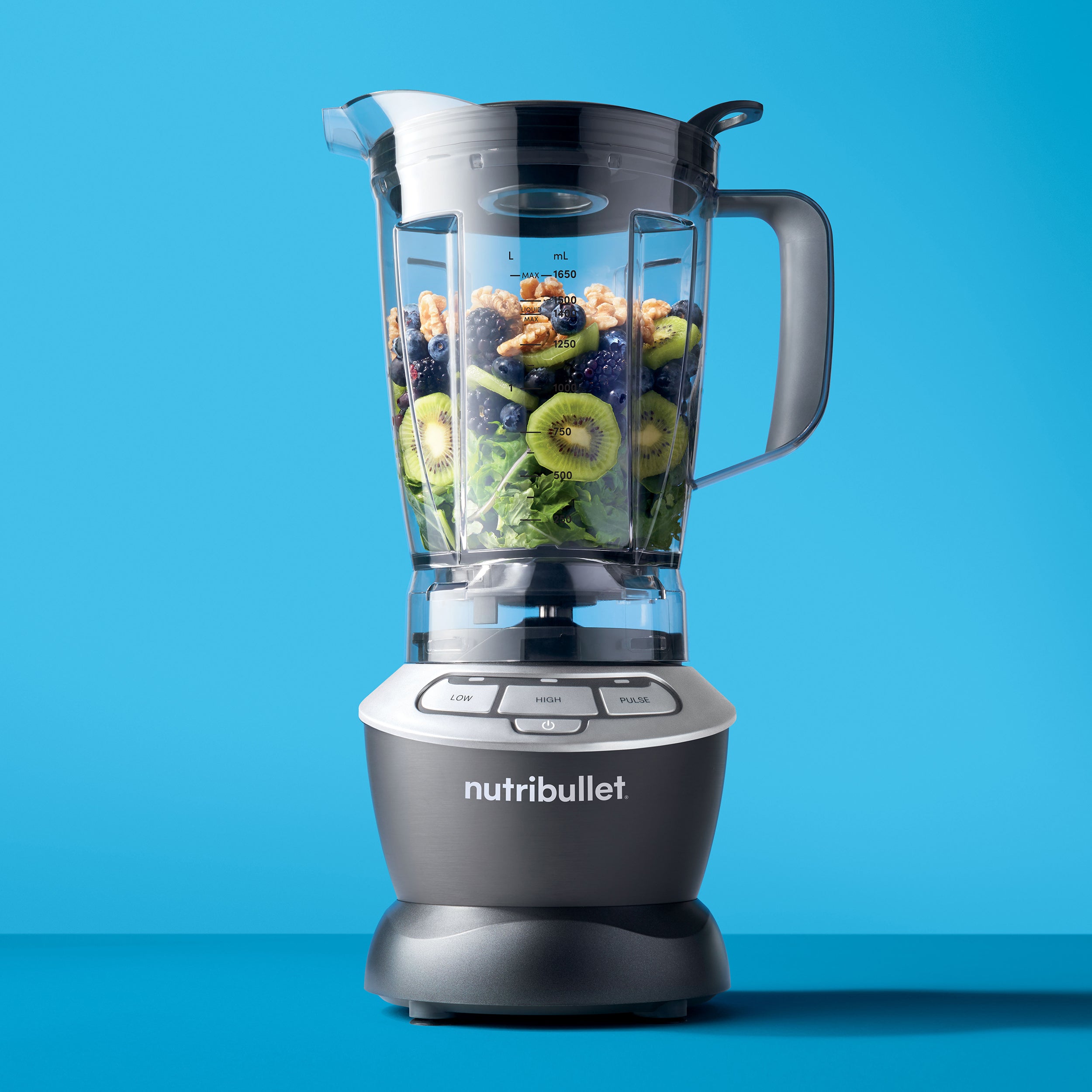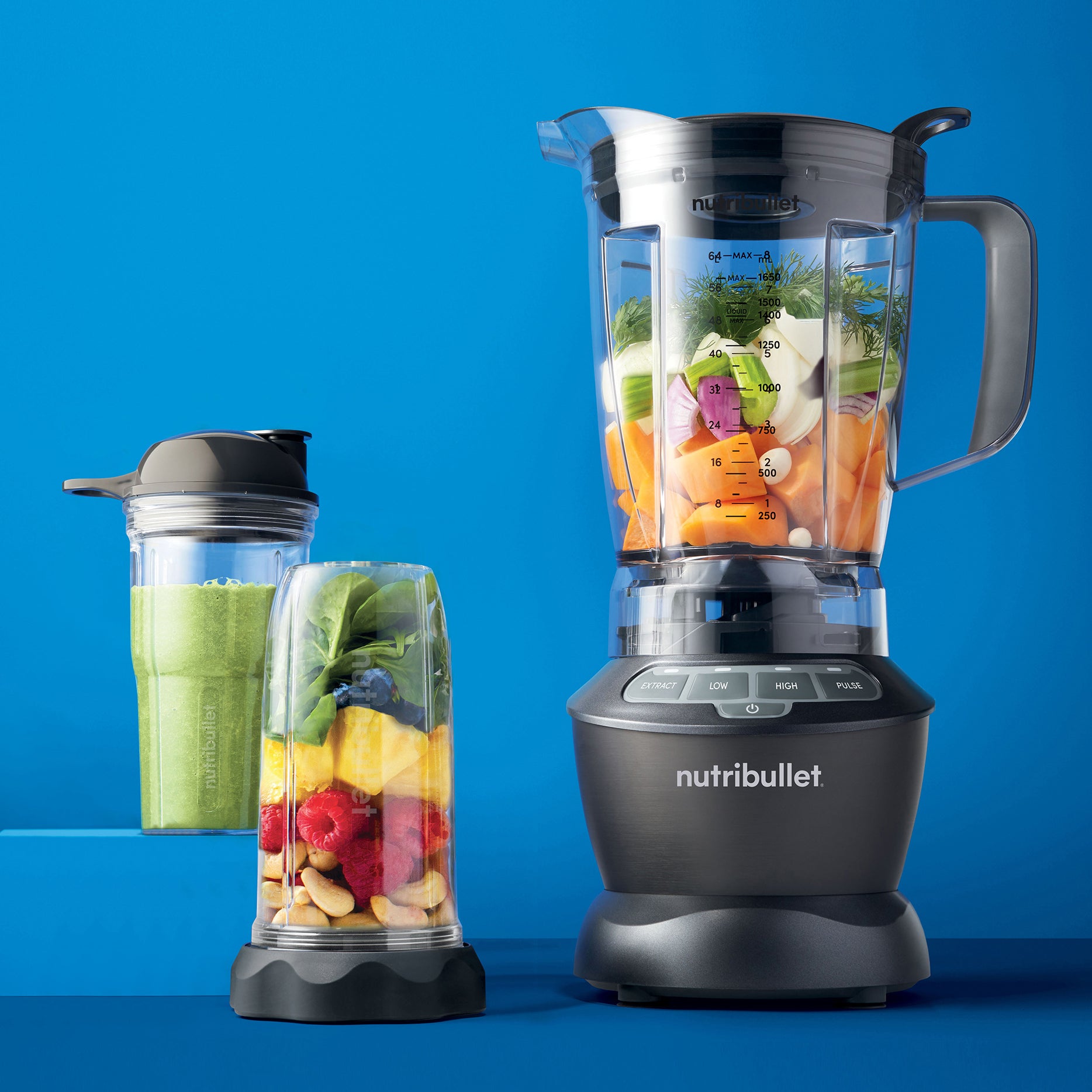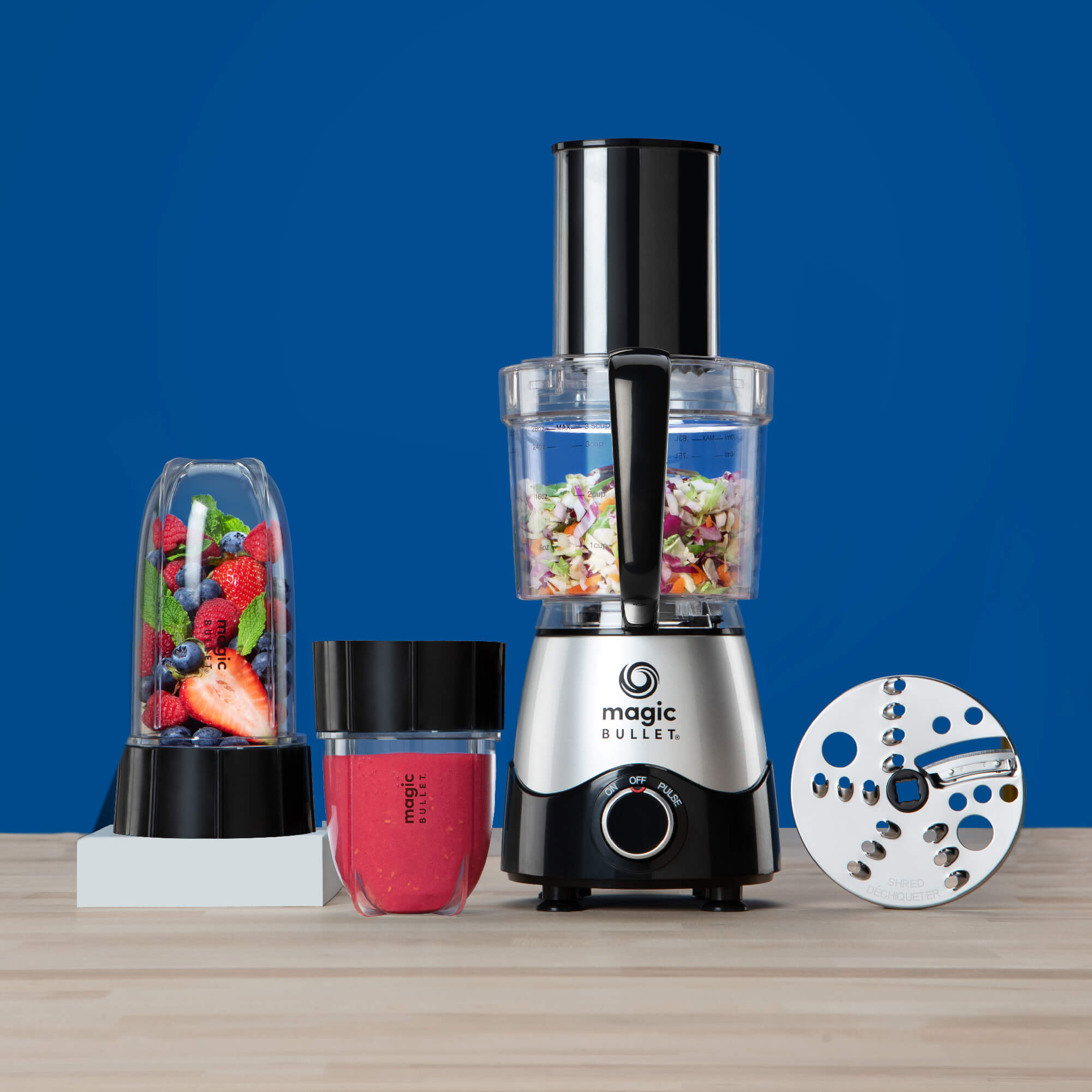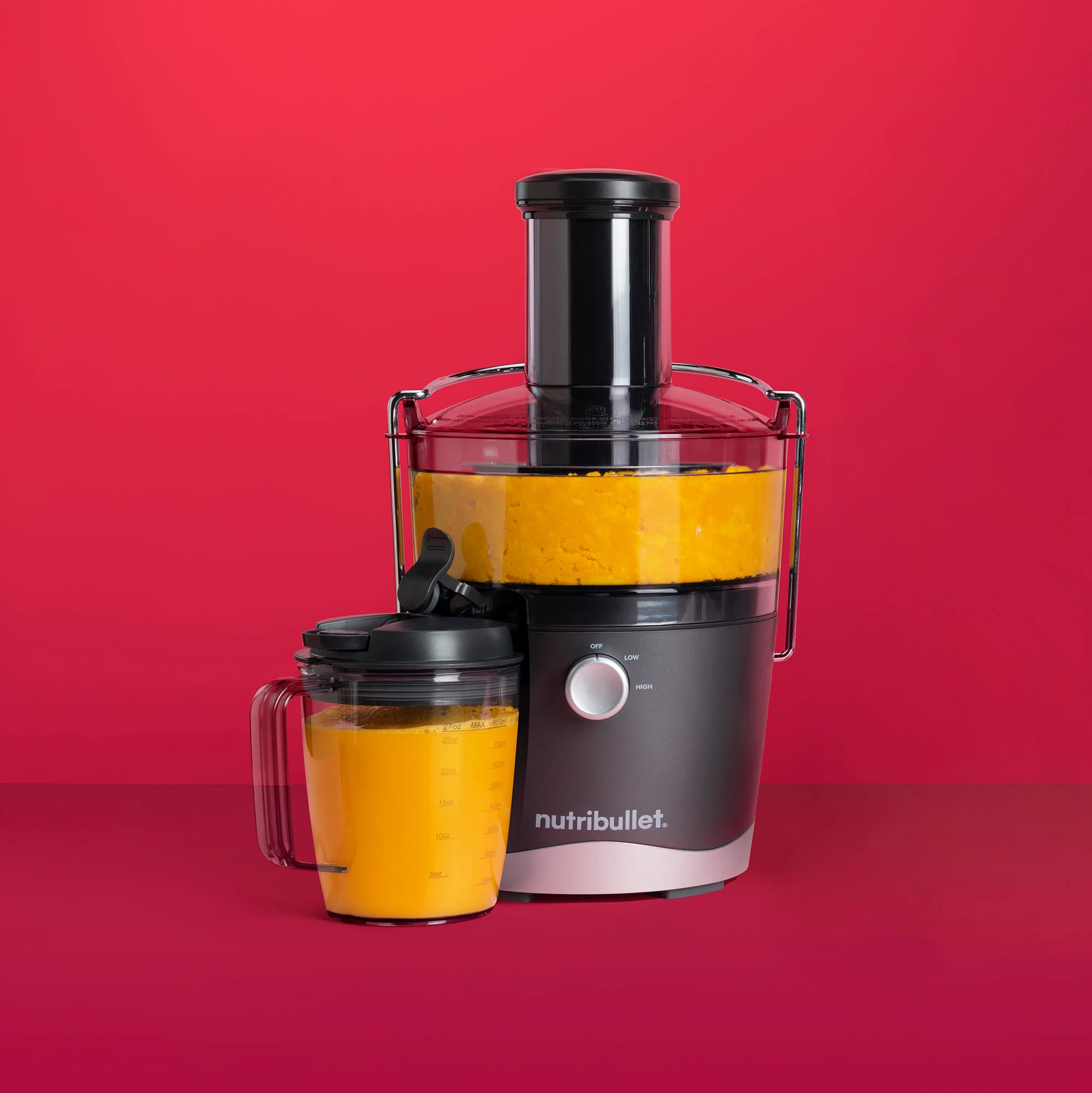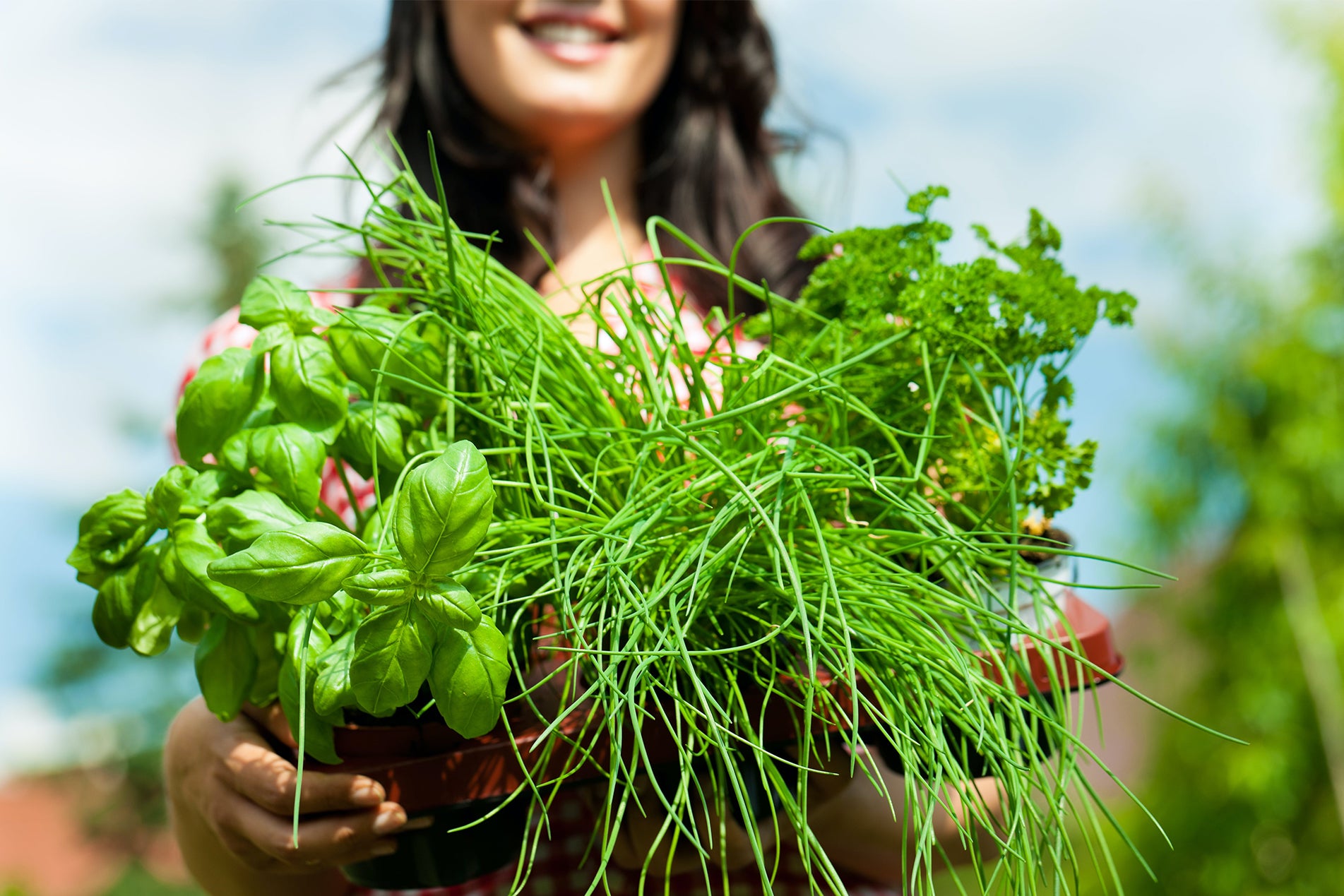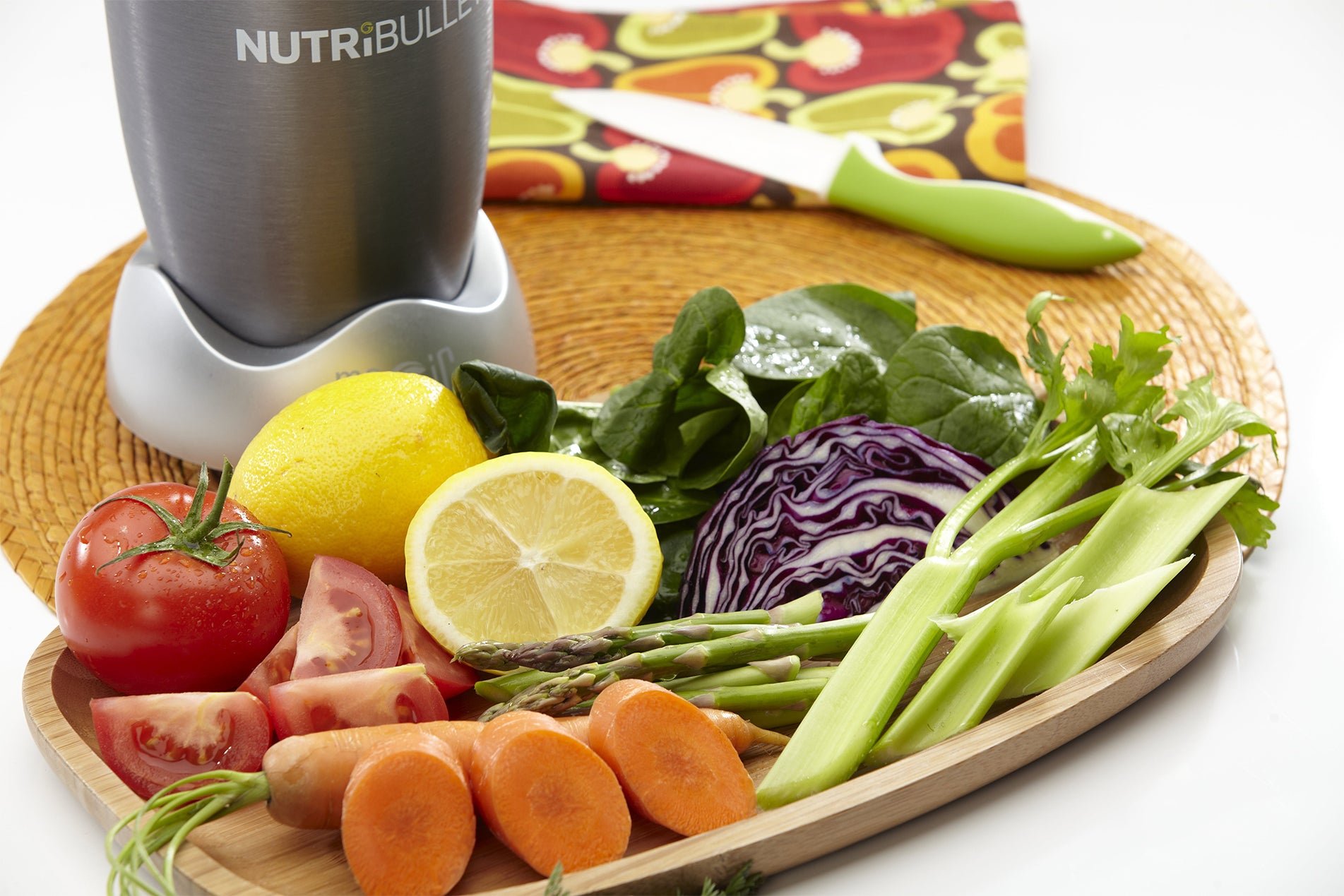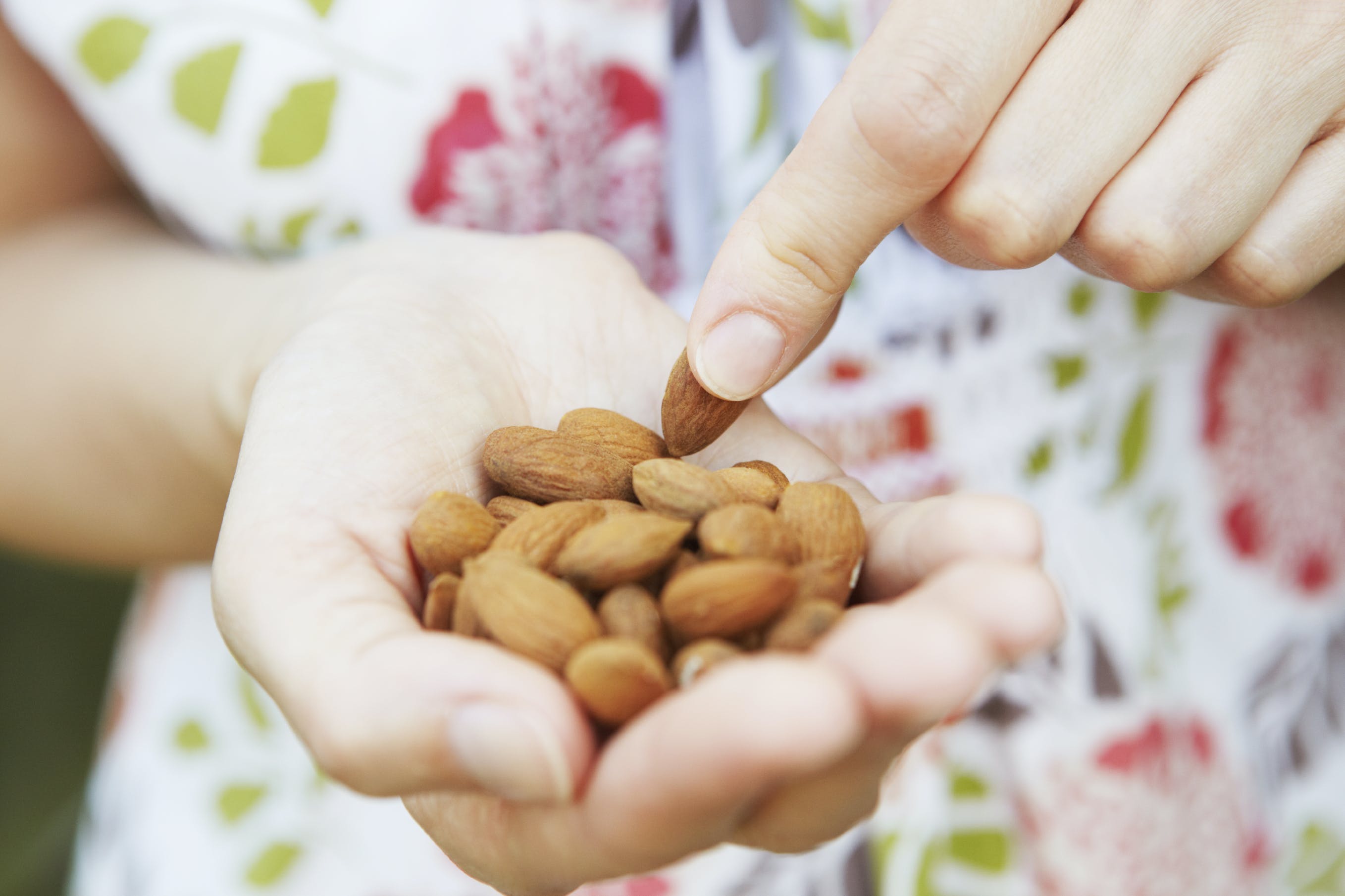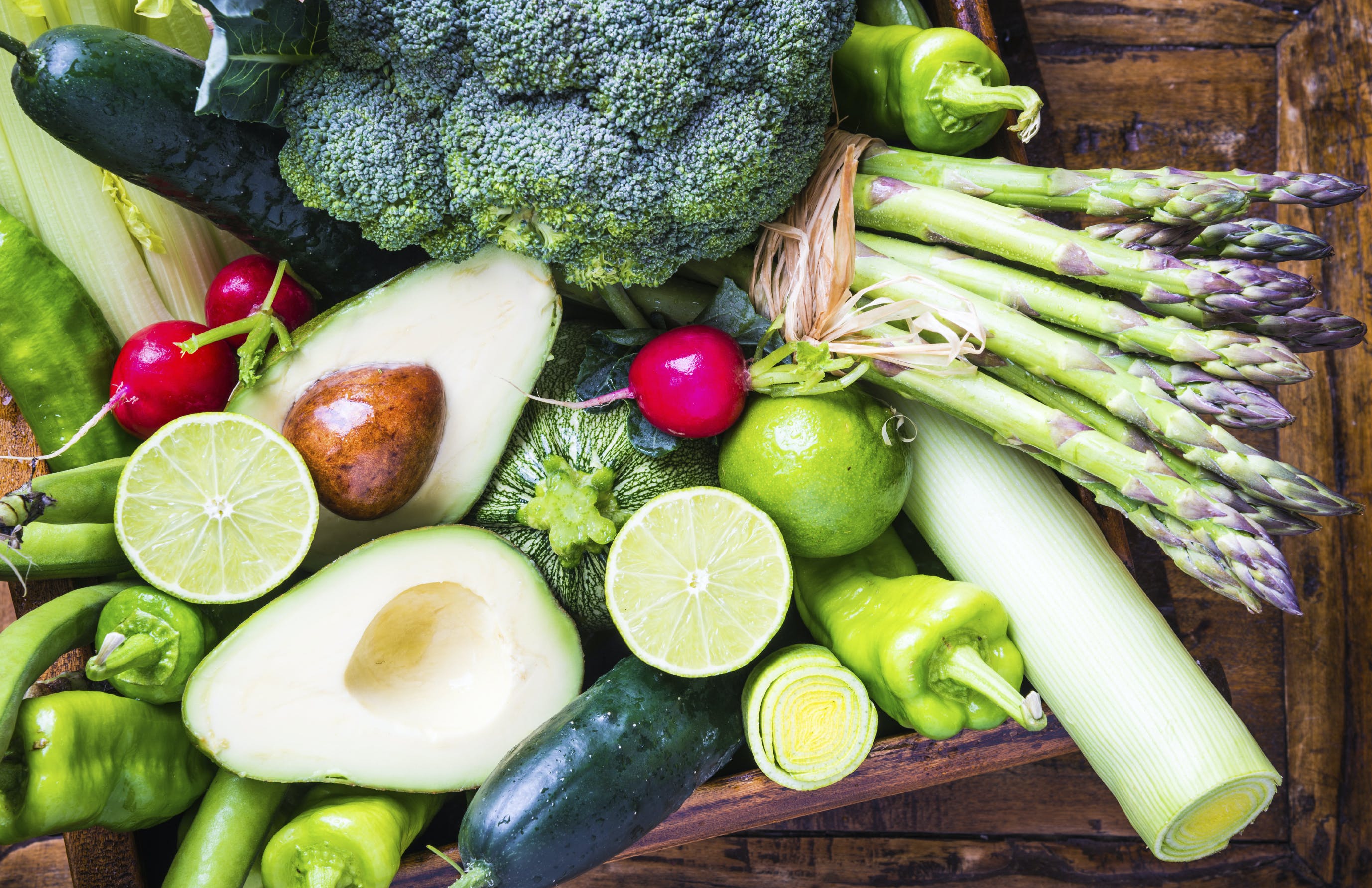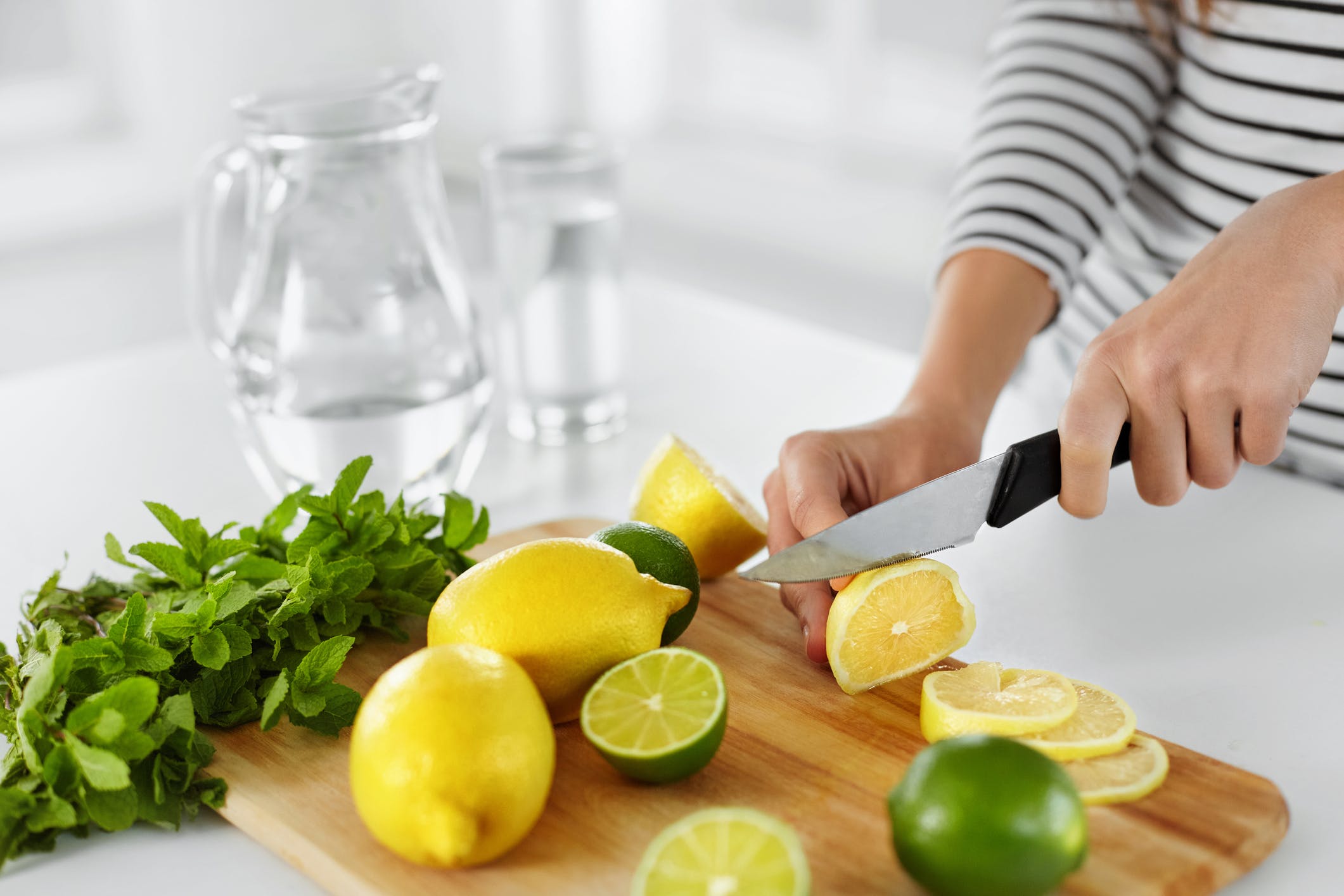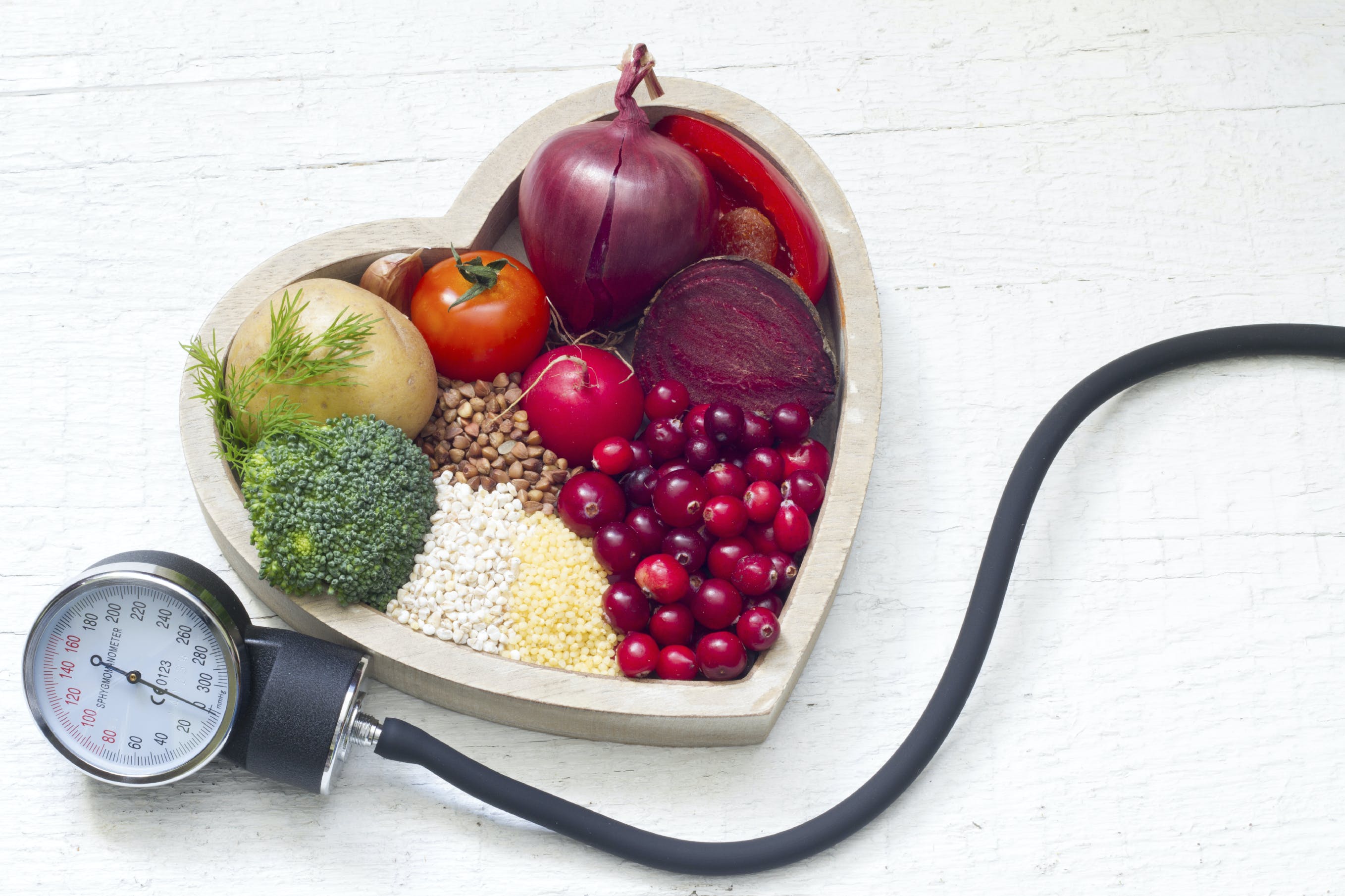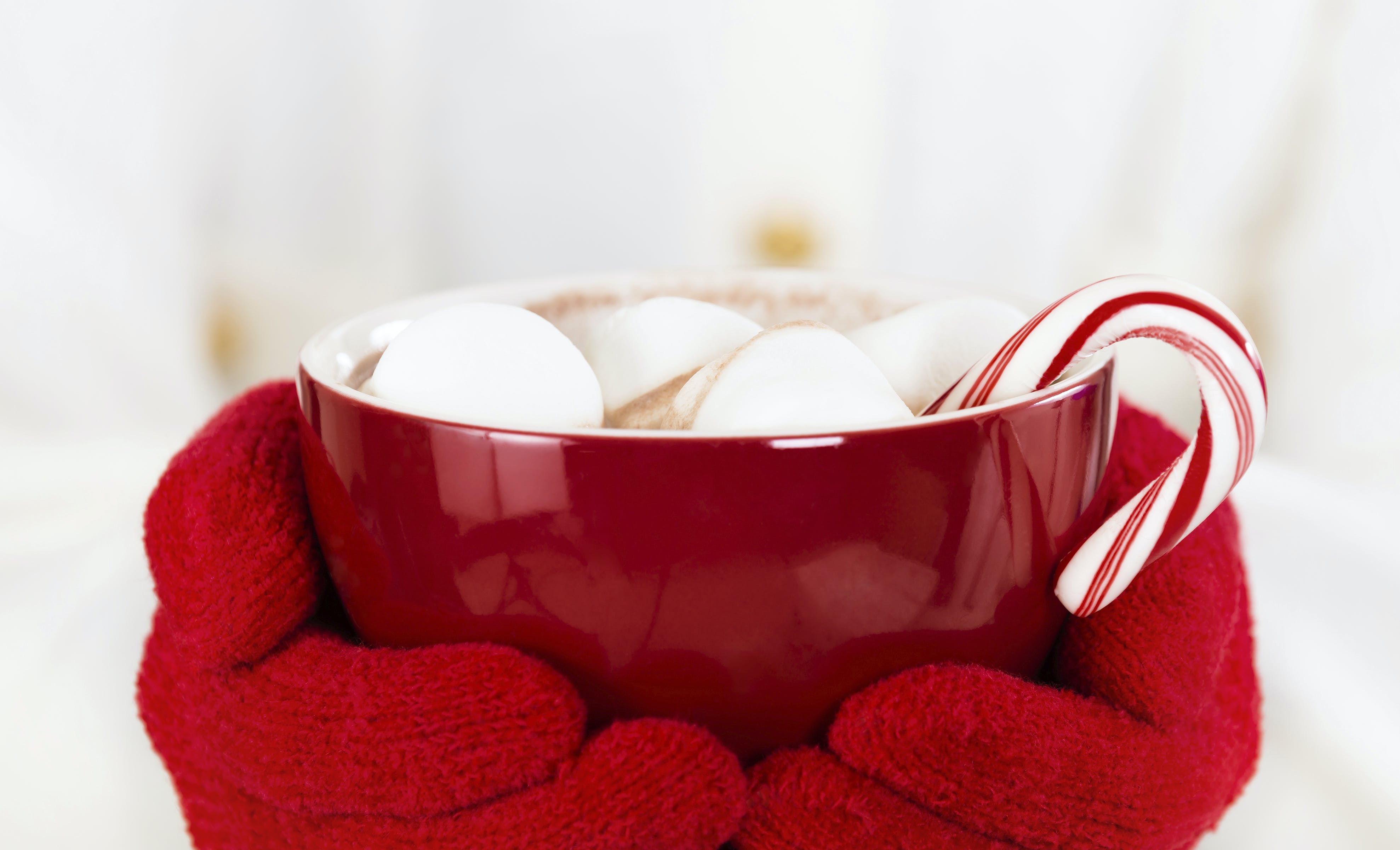Fresh herbs add an extra depth of flavor and a boost of nutrition to your meals, snacks, and smoothies! Buying a variety of herbs can add up quickly, but learning how to build your own herb garden is simple and convenient. It also adds some extra green to your home. With these basic tips, you’ll have ready-to-eat herbs in just a few short weeks!
What do you need to get started?
- Location, location, location – Herbs need about 5 to 6 hours of sunlight each day. You’ll want to find the sunniest spot in your home to place the pot. The ideal spot would be near a window or on your window sill.
- Container with drainage – You can reuse a pot, upcycle an old container, or buy a container that lets the water run through. Whatever you use, be sure to protect the surface beneath by adding a saucer to catch any excess water. Some people also opt for mason jars, which can be a fun alternative. For this type of container, try adding sand and stones to the very bottom to prevent moisture from building up.
- Soil – Find a seed starting potting mix to help with germination. Heavier soil mixes may be more difficult for these tiny seeds to sprout. Be sure to check that the mix is suitable for indoor plants.
- Seeds – Pick out your seeds from a wide variety of herbs. These packets tend to run between $1 and $2, supplying enough to get you started.
- Water – Be sure to water your herbs every 2 to 3 days to ensure there is enough moisture. It’s best to water slowly for the soil to absorb the water needed.
What herbs to choose?
Here’s a list of some of the more common and easier to grow herbs. Pick one or two to get your indoor garden started. Be sure to grow each herb in a separate pot to ensure the best chances for success.
- Basil
- Chives
- Lemon Balm
- Marjoram
- Mint varieties – Chocolate Mint, Peppermint, Spearmint, or Sweet Mint
- Oregano varieties – Greek Oregano, Italian Oregano, or Hot and Spicy Oregano
- Parsley varieties – Flat Italian Parsley or Curly Parsley
- Rosemary
- Sage
- Thyme
How to use them?
After a few weeks, you should begin to see your herbs sprout and grow. These herbs are ready to use in your favorite dishes! Be sure to check on each plant’s unique pruning needs. For example, basil doesn’t need pruning until it reaches about 6 inches tall.
If you find that you have more herbs than you need, you can always freeze or dry herbs to extend their use.
Here are three delicious herb-filled recipes to try!
- Greek Salad Vinaigrette – This vinaigrette uses dry oregano, but you can simply swap out the dried for fresh or add fresh oregano to the existing recipe!
- Creamy Corn and Basil Soup – Basil is versatile, pairing well with both sweet and savory dishes. This soup is the perfect combination with sweet summer corn and a burst of fresh basil.
- Green Tea Peppermint Popsicles – Try these antioxidant-rich green tea popsicles with a pop of fresh mint flavor!
Nutritional information
Recipe: Creamy Green Strawberry Dream Serving in this recipe:1
- Calories: 236.6
- Total Fat: 3.6 g 5.5%
- Saturated Fat: 0.4 g 1.9%
- Cholesterol: 0 mg 0%
- Sodium: 358.7 mg 14.9%
- Total Carbs: 45.7 g 15.2%
- Dietary Fiber: 9.9 g 39.4%
- Sugar: 22.1 g
- Protein: 8.1 g 16.2%
- Vitamin A: 481.9% Vitamin C: 244.1%
- Calcium: 68.5% Iron: 26.1%
* Percent Daily Values are based on a 2,000 calorie diet. Your daily values may be higher or lower depending on your calorie needs.

